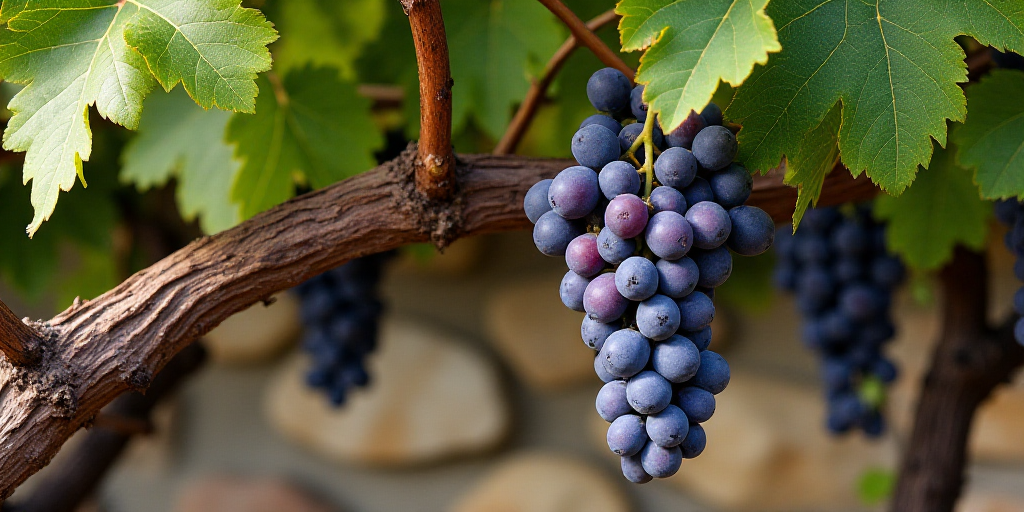Who is Pierre Philipponnat and Why He Matters
Pierre Philipponnat, a Bordeaux specialist for the Calvet winery, aims to make understanding this wine region more accessible, especially for younger generations. His expertise helps demystify the complexities of Bordeaux wines.
Bordeaux’s Classifications Explained
Philipponnat explains that there are five classifications in France, but you don’t need to memorize all the names; understanding their organization is key.
- First Classification (1855 under Napoleon III): Focused on Médoc and Sauternes subregions, it introduced the term ‘château’ for wineries.
- Second Classification (Saint-Émilion): Located in Bordeaux’s easternmost part.
- Third Classification (Pessac-Léognan): Another subregion classification.
- Fourth Classification (Médoc’s crus): Represents high-quality vineyards.
- Fifth Classification (Crus Artisans de Bordeaux): Denotes extraordinary quality zones in exclusive locations.
Historical Context and Evolution of Bordeaux Wines
Philipponnat, whose father hailed from Champagne and mother from the French Basque Country, emphasizes that wine should not be intimidating. Historically, wine was a necessity due to poor water quality, lacking the sophistication and inaccessibility it carries today.
In Bordeaux, knowing the basics is sufficient as most production comes from understandable labels. The climate significantly impacts each vintage, with Dordoña and Garona rivers playing crucial roles. The calcareous soil acts like a sponge, retaining water, shaped by a glacier that once covered the region.
Denominations and Wine Commercialization
Currently, there are around 5,000 châteaux and 65 denominations within Bordeaux. High-end wines are marketed through ‘futuros,’ tasted six months after harvest to meet high demand early.
Jean-Marie Calvet, Calvet’s founder, expanded his portfolio using this system, adding new properties and labels under his brand.
Representative Calvet Wines
During Pierre Philipponnat’s visit, three representative Calvet wines were tasted:
Calvet Rosé d’Anjou
A refreshing, fruity wine from the Loire Valley, perfect for those seeking an easy-to-drink rosé. Made from Grolleau and Gamay, it’s ideal for sunny afternoons or pairing with mild Asian cuisine.
Calvet Réserve Bordeaux
From carefully selected vineyards in Bordeaux’s heartland, primarily Merlot with Cabernet Sauvignon. It offers an introductory taste to explore Bordeaux wines.
Calvet Grande Réserve Bordeaux
This wine elevates the experience with increased intensity. A blend from older, higher-quality vineyards with longer aging and structure for a more complex taste.
Key Questions and Answers
- What are Bordeaux’s classifications? There are five classifications in France, each focusing on different subregions and quality levels of wine production.
- Why is Bordeaux wine so complex? Its complexity stems from various factors, including climate, rivers, and soil types shaped by a glacier. Additionally, numerous denominations and commercialization methods contribute to its intricacy.
- What makes Calvet wines unique? Calvet offers a range of wines, from refreshing rosés to complex Bordeaux blends, catering to different tastes and experiences.






